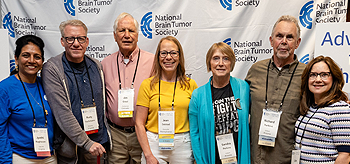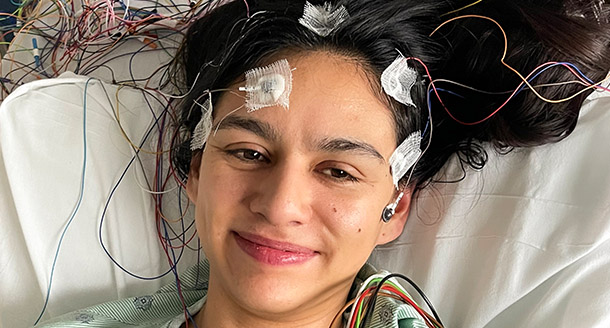Overview
Germ cell tumors are cancers that develop from reproductive cells. They can occur in many parts of the body, including the central nervous system (CNS). Most germ cell tumors of the CNS occur along the midline, which is the central area between the right and left sides of the brain, most frequently around the pineal gland. Signs and symptoms depend on the location and type of the tumor. For example, tumors around the pineal gland can compress an area of the brain that leads to hydrocephalus (the obstruction of flow of cerebrospinal fluid) and increased pressure from a buildup of the cerebrospinal fluid, and they can cause paralysis of an upward gaze. Germ cell tumors that produce a hormone called human chorionic gonadotropic (hCG) can cause early puberty in children.
These are several types of germ cell tumors of the CNS including the following:
- Teritoma
- Germinoma
- Embryonal carcinoma
- Yolk sac tumor
- Choriocarcinoma
- Mixed germ cell tumor
2021 WHO CNS Grade
Grading for germ cell tumors in the CNS is not discussed in guidelines. It is important to speak with your health care provider to understand your diagnosis.
Statistics
- Percent of All Brain and Other CNS Tumors: 0.3%
- Average Annual Age-Adjusted Incidence Rate: 0.08 per 100,000
- Median Age at Diagnosis: 15 years
Survival
Survival rates compare the percentage of people living with a particular diagnosis at a particular point in time compared to the general population.
- One-Year Relative Survival Rate: 94.3%
- Five-Year Relative Survival Rate: 89.0%
- Ten-Year Relative Survival Rate: 86.5%
Treatment Options
Every person living with a brain or CNS tumor is unique. If you have been diagnosed with a brain or CNS tumor and would like to better understand your treatment options, it is important to work with your health care team to decide the best course of treatment for you. You may also consider getting a second opinion or reaching out to our Personalized Support and Navigation team to learn more.



